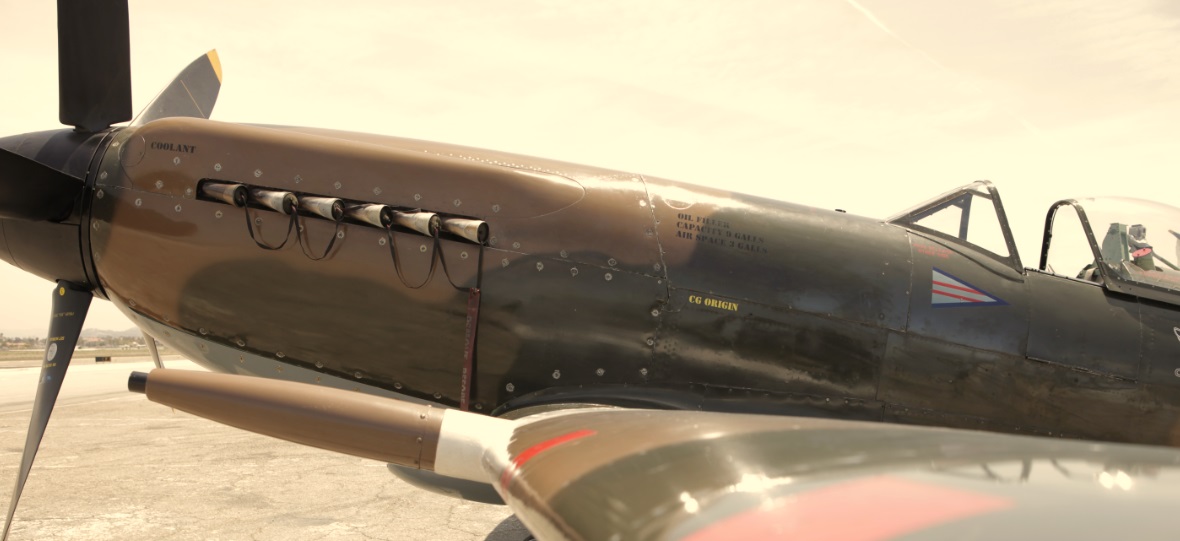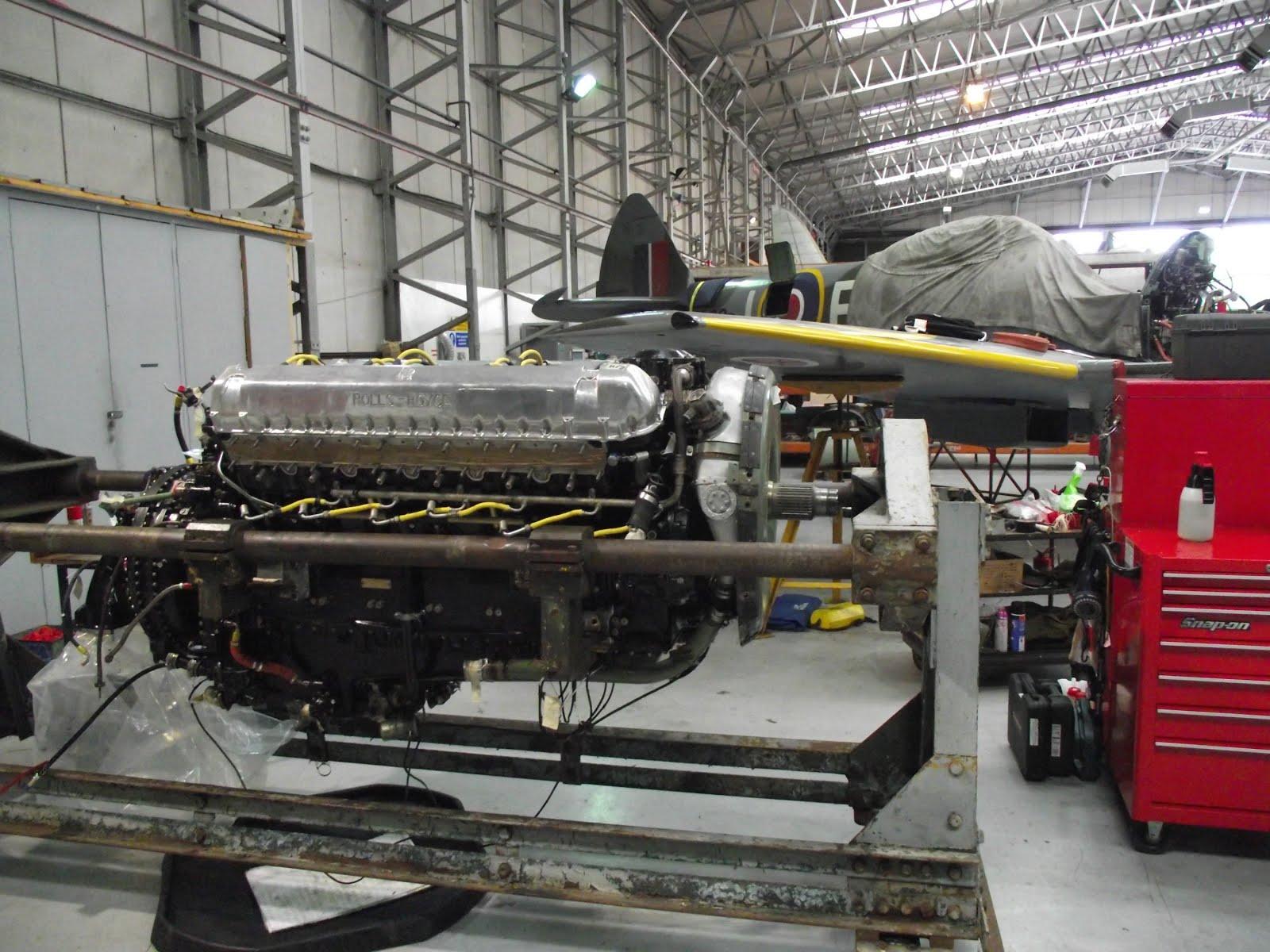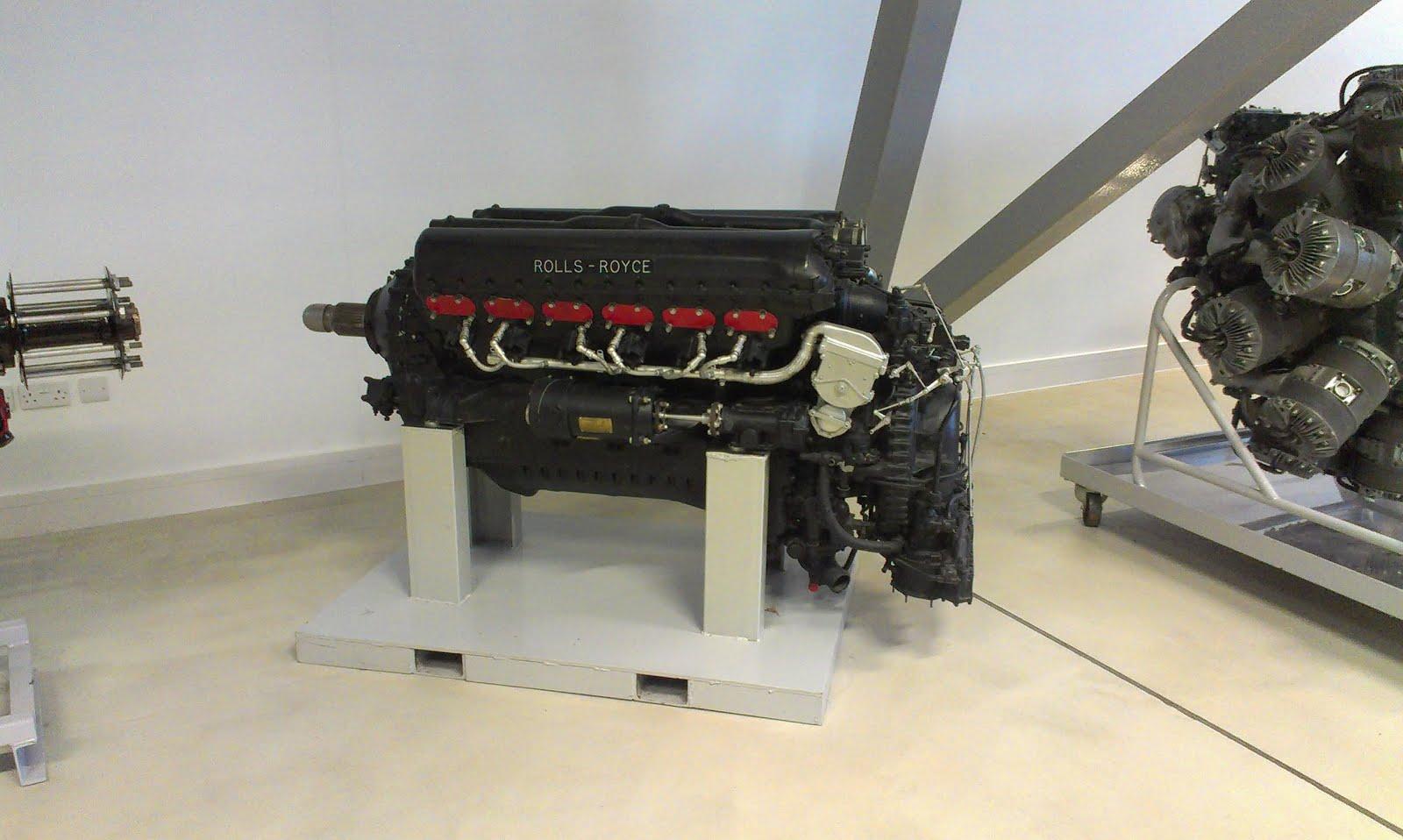
- For PC
- For MAC
- For Linux
- OS: Windows 7 SP1/8/10 (64 bit)
- Processor: Dual-Core 2.2 GHz
- Memory: 4GB
- Video Card: DirectX 10.1 level video card: AMD Radeon 77XX / NVIDIA GeForce GTX 660. The minimum supported resolution for the game is 720p.
- Network: Broadband Internet connection
- Hard Drive: 17 GB
- OS: Windows 10/11 (64 bit)
- Processor: Intel Core i5 or Ryzen 5 3600 and better
- Memory: 16 GB and more
- Video Card: DirectX 11 level video card or higher and drivers: Nvidia GeForce 1060 and higher, Radeon RX 570 and higher
- Network: Broadband Internet connection
- Hard Drive: 95 GB
- OS: Mac OS Big Sur 11.0 or newer
- Processor: Core i5, minimum 2.2GHz (Intel Xeon is not supported)
- Memory: 6 GB
- Video Card: Intel Iris Pro 5200 (Mac), or analog from AMD/Nvidia for Mac. Minimum supported resolution for the game is 720p with Metal support.
- Network: Broadband Internet connection
- Hard Drive: 17 GB
- OS: Mac OS Big Sur 11.0 or newer
- Processor: Core i7 (Intel Xeon is not supported)
- Memory: 8 GB
- Video Card: Radeon Vega II or higher with Metal support.
- Network: Broadband Internet connection
- Hard Drive: 95 GB
- OS: Most modern 64bit Linux distributions
- Processor: Dual-Core 2.4 GHz
- Memory: 4 GB
- Video Card: NVIDIA 660 with latest proprietary drivers (not older than 6 months) / similar AMD with latest proprietary drivers (not older than 6 months; the minimum supported resolution for the game is 720p) with Vulkan support.
- Network: Broadband Internet connection
- Hard Drive: 17 GB
- OS: Ubuntu 20.04 64bit
- Processor: Intel Core i7
- Memory: 16 GB
- Video Card: NVIDIA 1060 with latest proprietary drivers (not older than 6 months) / similar AMD (Radeon RX 570) with latest proprietary drivers (not older than 6 months) with Vulkan support.
- Network: Broadband Internet connection
- Hard Drive: 95 GB

Over the course of its history, the Spitfire series underwent many key changes that often shaped the future of the aircraft and its development. Perhaps one of the the most pivotal points in Spitfire development was the change from its Rolls Royce Merlin engine, a tried and trusted design, to the Rolls Royce Griffon engine.
By the early 1930s, Rolls Royce knew its Kestrel engine, that had powered many of the RAFs top fighters such as the Fury and Navy Nimrods, was coming to the end of its development life. Despite many being ordered and used as exports, with even some early testing BF 109 models using them, Rolls Royce were still keen to develop a new engine for the RAFs forthcoming fighters. By 1934 the new Merlin engine, based off many key elements of the Kestrel, had been cleared for testing and both R.J Mitchell and Sydney Camm had chosen to begin designing their new fighter designs around these engines.
|
Rolls Royce Merlin aero engine |
By 1935, Camm’s Hawker Hurricane was ready, closely followed in 1936 by Mitchell’s Supermarine Spitfire. The Hawker Hurricane throughout its entire operational career would stay true to the Merlin, with all models of the aircraft using the Merlin engine in its different variants. However the Spitfire, Particularly on models after the successful Mk IX (Nine) would take a very different road.
Also in 1934, work on a second engine was also started. Although this new engine was technically based on an older design to the Merlin, designed on a de-rated version of the 1928 “R” Sprint engine from the Schneider trophy winning Supermarine S6, It would prove to be the ultimate successor to the Merlin and lead the Spitfire to its pinnacle of development.
The Rolls Royce Griffon had a much rougher start than the Merlin, as such, it did not make its operational combat debut until october of 1942 in the Spitfire XII (Twelve). Thanks to the new engine, the Spitfire XII had superb low to medium altitude performance and provided a fighter finally capable of effectively and efficiently countering the low level raids presented by the Focke-Wulf 190. In this early form, the Griffon only had a single stage supercharger, meaning its high altitude performance was generally inadequate. As a result, the XII model usually retained clipped wings and operated at its more suited lower altitudes.
By 1943, the Griffon 60 series came into action. Utilizing a two stage supercharger that presented much better performance than anything the IX or XII could offer, the Griffon 65 was used in the the Spitfire XIV (Fourteen) which was now using a 5 bladed propellor to make full use of the Griffon’s capabilities. Being some 30% larger than the Merlin Spitfires and having a “bulged” section just above the exhausts, the Griffon engine within Spitfires soon became easily recognisable if not already for the distinctive roar it presented. For pilots the most obvious distinction was that the Griffon rotated the propeller in the opposite direction to the Merlin, which lead to numerous Contra-Rotating propellor designs trialed and tested.
Merlin or Griffon Spitfire?
Out of the operational marks of Spitfire, Griffon engine models where generally all marks after the PR Mk XI (Eleven). Starting with the Mk XII (Twelve) all the way to the Mk 24 in Spitfires. The one exception to this rule is the Mk XVI (Sixteen) which in fact runs on a American Packard licence built Merlin engine.
 Rolls Royce Griffon 65 engine and the Spitfire XIVe it powered |
Merlin:
Mk I
Mk II
PR Mk IV
Mk V
Mk VI
Mk VII
Mk VIII
Mk IX
PR Mk XI
Griffon:
Mk XII
Mk XIV
Mk XVIII
PR Mk XIX
Mk 21
Mk 22
Mk 24
Packard Merlin
Mk XVI:




